THINGS TO REMEMBER WHILE SILAGE MAKING
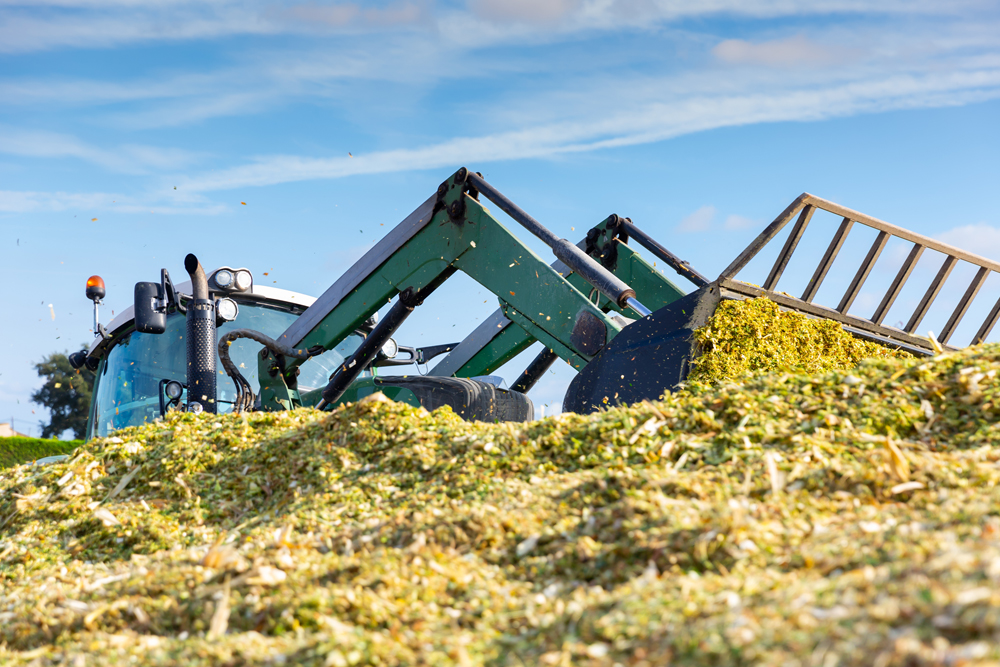
Silage is a very wholesome and simple-to-digest feed for cattle. Since silage takes up less room than hay, it is significantly simpler to store. Your domestic animals will produce more milk and remain healthier if you give them silage.
When there is a lack of green forage, cattle are fed stored feed like silage and hay. Silage is a very wholesome and simple-to-digest feed for cattle. Since silage takes up less room than hay, it is significantly simpler to store. Your animals will produce more milk and remain healthier if you give them silage. Silage is without a doubt incredibly beneficial for dairy cattle, particularly during dry seasons.
Essentially, the process of generating silage requires anaerobic fermentation. It keeps fresh feed from going bad and keeps its nutritional value. For the synthesis of organic acids, it requires enough soluble sugars or carbohydrates. Molasses can be added to the feed since it is particularly high in sugar and enables the bacteria to create organic acids right away. The preservation and acidity processes will happen more quickly as you add additional molasses. Silage can be stored in pits and bunkers while silage bales are preferred as these are easy to handle and there are less losses.
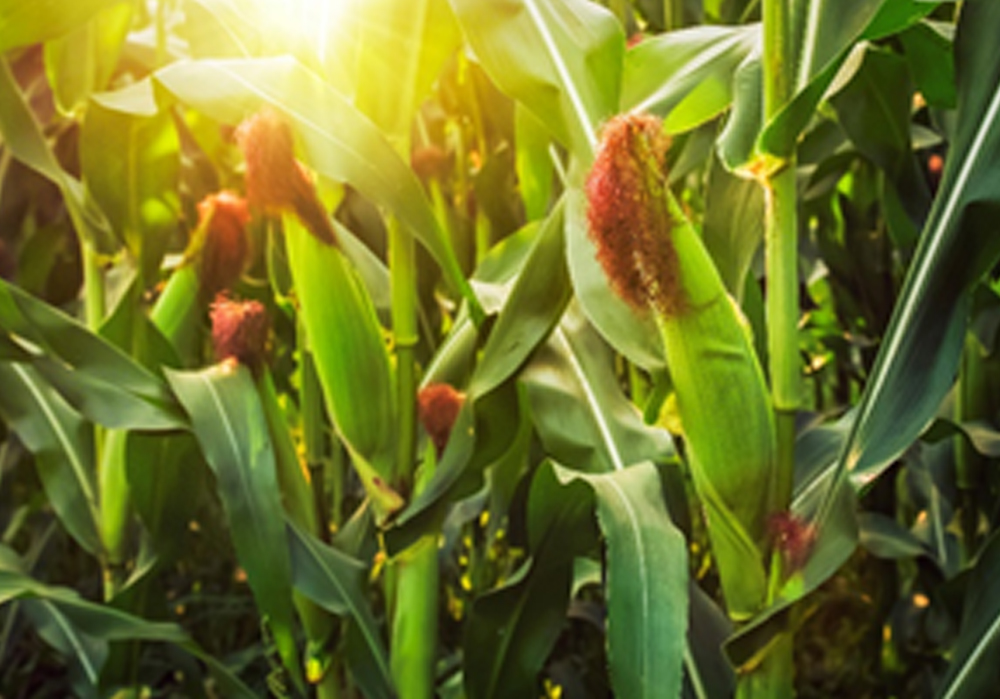
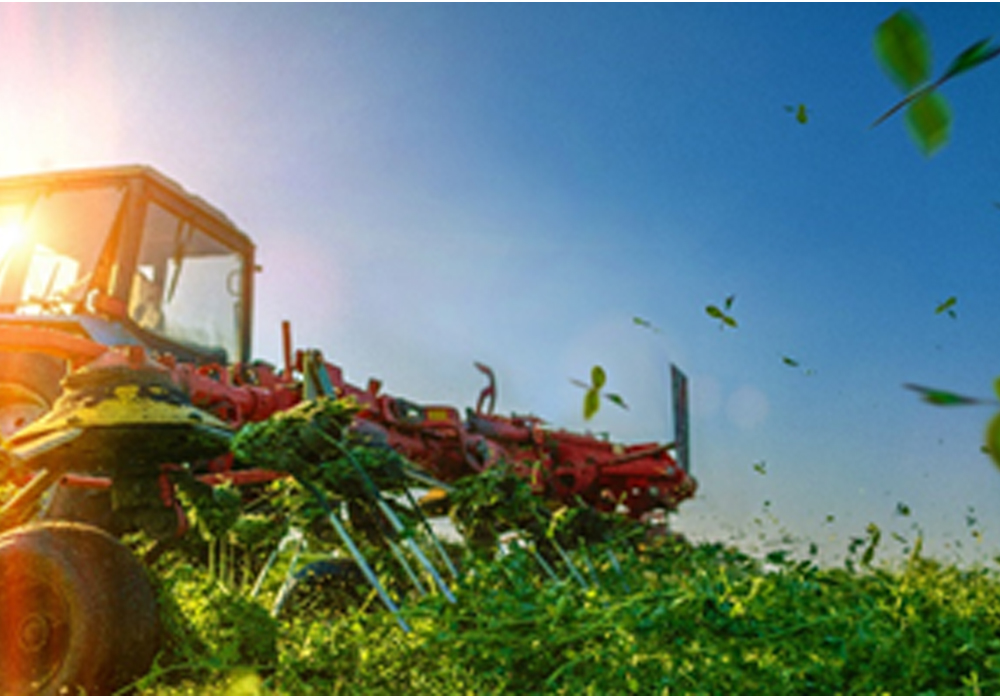
- To promote a successful fermentation process, silage inoculants can also be used.
- While making silage in bunkers, a large polythene sheet should b placed on floor and side walls.
- Make sure the walls are covered to prevent the fodder from coming into contact with the ground.
- Using a pang or a chaff cutter, chop the new forage into little pieces that are 1 to 1.5 inches in length, approximately.
- To enhance the quality of the combination, add a little salt, urea, and molasses.
- Spread the chopped greens and other materials equally throughout the pit to effectively fill it.
If you are making silage other than maize crop, use a garden water sprayer to uniformly apply molasses diluted with water in a 1:2 ratios on the fodder layer to encourage the growth of fungus. Now properly cover it. Then continue adding bags of chopped fodder and diluted molasses in the same manner until the pit is filled.
When the silage is completely stuffed, place a second polythene sheet across the pile’s top to keep water out. Finally, spread a substantial layer of earth over the stack. You can store the silage for longer than a year if it has adequate soil coverage and a decent covering.
After 30 to 40 days, the silage will be ready, and you may feed it to the cattle. Never, however, let go of the silage pit all at once. Opening it from one side is preferable.
A good silage should be greenish brown or light green in color. It should taste acidic, have a pleasant scent akin to vinegar, and not have any mould. The silage is of poor quality if it comes out to be black. Silage with poor fermentation has a foul flavor and a mushy, slimy texture.
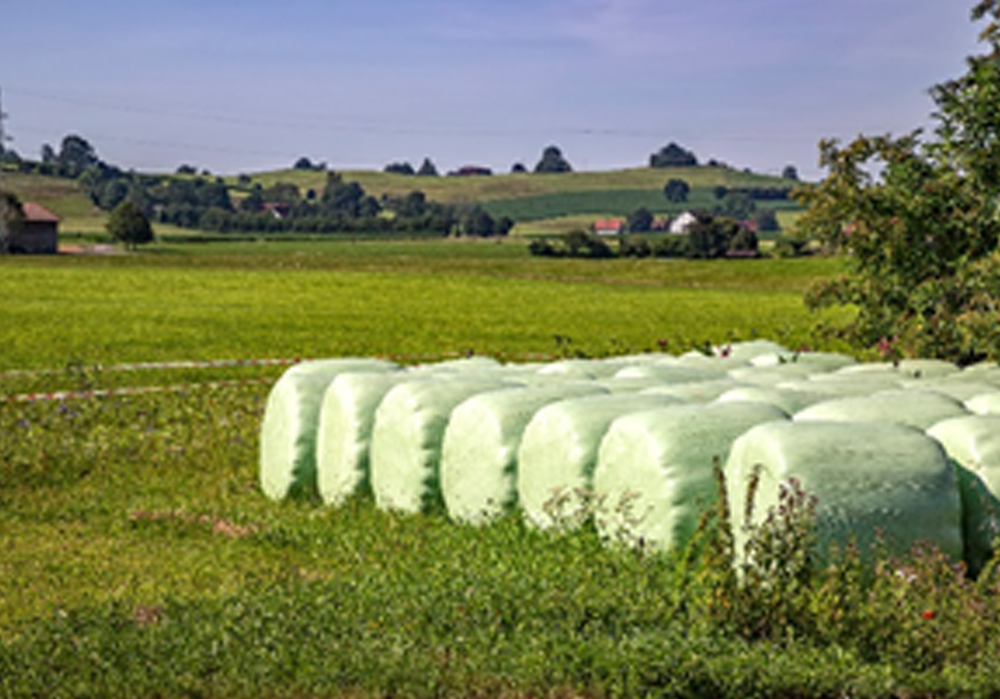
Depending on the animal’s weight, silage must be fed to the cattle. It is advised against feeding silage to cattle right before milking because the milk could smell bad. In fact, you can feed them fresh grass, hay, legumes, and concentrates at this time.
Dairy cattle feeding is an exact science. The objectives are straightforward (keep body condition score and maximize milk output), but in fact, getting it correctly can be very challenging. Because of this, it’s crucial to carefully examine your herd’s diet and dietary intake.
The amount of energy an animal uses for productive purposes after ingesting food is measured as net energy. Also known as metaboliseable energy.
Silage’s net energy is very erratic. The nutritional value is influenced by the original pasture’s quality, the fermentation process, and the storage conditions. However, studies suggest that grass silage offers 9–12 MJ/kg in dry matter. That is about comparable to staples like sugar beet pulp, molasses, and basic cereals like wheat and maize.
Deciding the best way to source your maize silage is a complex decision. A large number of factors including seed variety, crop production, disease control, crop yields, plant to grain ratio, harvesting stage, chopping equipment, inoculant quality, packing/baling technique influence the quality of silage. So, the production of your herd depends on the quality of silage you are feeding.
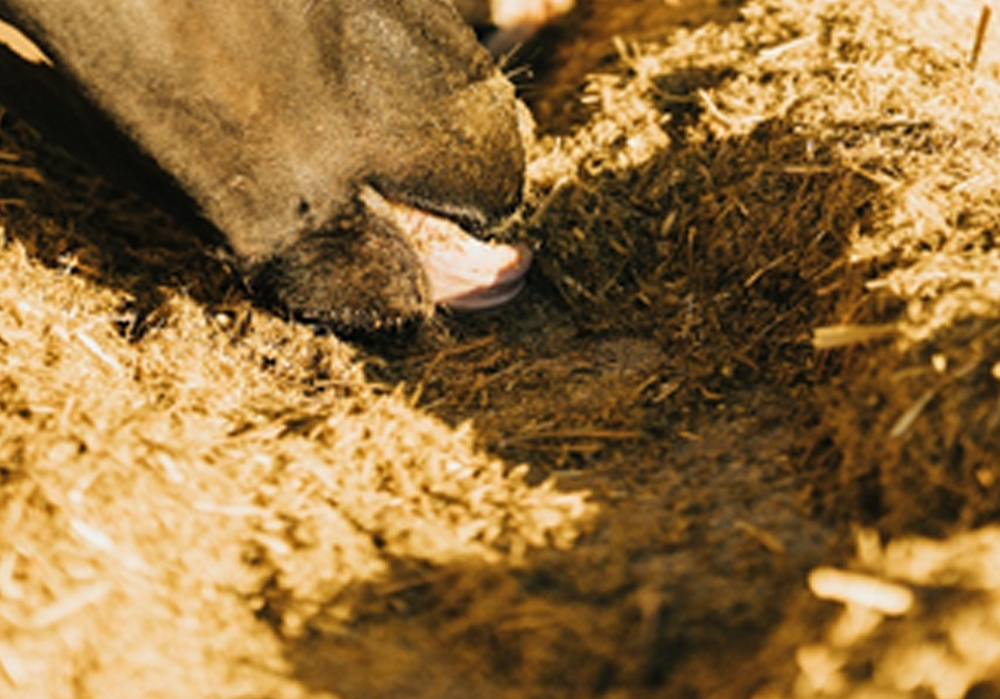
It’s essential to provide the energy necessary to maintain body condition and the energy necessary for each cow to reach its milk production potential. Silage is an important nutritional tool for achieving those targets and dairy cows require lots of energy to preserve body condition and maximize milk yields. High quality Dasan silage is an abundant source of energy, protein and fibre that aids rumen health. Dasan silage increases and maintains cow condition, extends its lactation, it overcomes fodder deficiency and maximize pasture utilization.
We maintain multiple factors including seed variety, crop production, disease control, crop yields, plant to grain ratio, harvesting stage, chopping equipment, inoculant quality, packing/baling technique while making Dasan silage.
